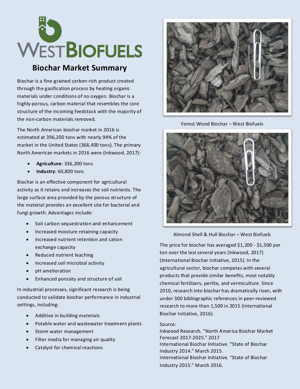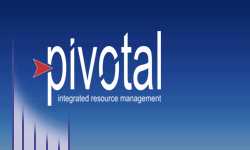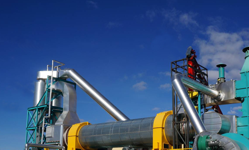Biochar
|

Biochar paper |
Biochar is becoming a valuable product usable for a variety of
purposes, ranging from use as a soils supplement to filtration ("activated
charcoal") and more.
A common use for biochar is as a soil supplement, where it is often compared
with compost. While both align well with "cradle to cradle" recycling, biochar is
generally likely to be a
better option than compost because: biochar retains more
moisture; loses less nutrients less quickly; is sterile; and has a higher mineral
content. A main notable difference however is in how these two products
support GHG reduction and Climate Change. This is because compost has a low "fixed" carbon
ratio, so it emits GHGs more readily than biochar. This means that biochar is more efficient at sequestering carbon
than compost but also, has appreciably higher sequestration ratio for any given
weight or material - either as feedstock or as a soil supplement product.
Key to sequestration is the broader array of materials that can produce
biochar compared compost. With municipal solid waste for example, as much as 88%
of MSW is atmospheric carbon suitable for Advanced Gasification. With
compost, only organic materials are usable, which may be as low as 11% of the
typical total (dry) waste volume. This means that optimized biochar production has the potential to
be carbon negative:
in effect, MSW's atmospheric carbon means Advanced Gasification extracts carbon from the atmosphere and
under most uses, buries or "sequesters" it. This means our IRM approach is
one of the few proven and
viable options to economically sequester GHGs.
Biochar can also
be obtained from other systems such as pyrolysis-type units. These usually
operate at lower temperatures than gasifiers, with shorter latency, resulting in
challenges with biochar quality compared to output from a high quality gasification
process. This is because pyrolysis
typically
leaves more residual contaminants, which may in turn limit use and value. West Biofuels' biochar summary
provides further comment, with extended information available to clients on
request.
Example
A 44-tonne RotoGasifier operating since 2014 in White Cross, Louisiana
produces biochar from bagasse, a residual bi-product from sugar cane processing.
This sticky residue is difficult to process with other technologies, however the RotoGasifier succeeded.
This is a testament to its flexibility in
handling difficult feedstocks. In this example the RotoGasifier's heat is captured and used to dry the sugar cane, thus
reducing demand for natural gas and also, reducing GHGs. The biochar is sold by
American Biocarbon.
| 

